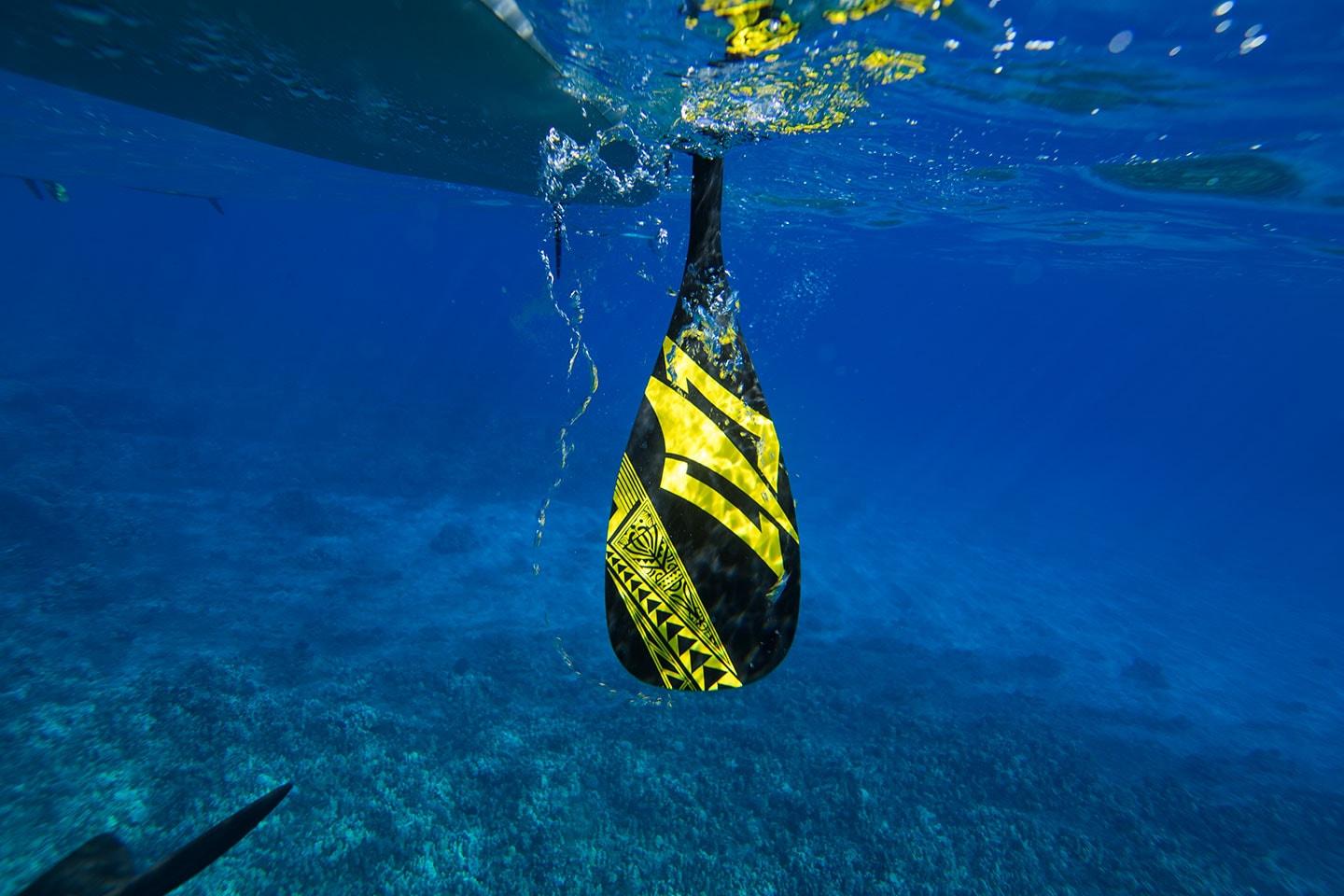
5 Tips for Choosing a Paddle
As stand up paddling becomes more popular, skill levels rise and riding styles become more diverse, paddlers are met with an abundance of specialized gear to help them get the most out of their time on the water.
Whether racing or surfing, touring or training, competing or exploring, even the most subtle differences between paddles can have a profound effect on your session and riding style.
To help you navigate through the sea of options available, we’ve put together a few expert tips to help you find your ideal fit.
1. Decide what kind of stand up paddler you are. That will determine what kind of paddle you need.
For racing you’ll want a lightweight, stiff paddle to get maximum power with minimal effort. For surfing, you’ll want a flexible shaft that is more durable against impact. When touring and exploring, the paddles are best when there is medium stiffness and the user is able to adjust the length depending on the speed and conditions.
2. Consider Buying a Vario Paddle
The biggest newbie mistake is buying a fixed paddle instead of a vario paddle. Unless you are racing we would always recommend vario, which allows you to adjust the length of your paddle depending on what your doing on the water. If you’re in the market for your first paddle, you’ll need one that is adaptable for changing conditions.
Whether you’re paddling against the wind or cruising on flat water on a glassy day, changing the board your riding or sharing your paddle between family members—sometimes you need to relax your paddle position by mixing up the length of paddle on the go. There are even paddles on the market that separate and pack into three pieces, like the Hele Vario 3-piece Paddle, for example.
3. A good quality paddle is a timeless investment and usually requires you to fork out a bit more dough.
Often, new riders start with the cheapest paddle on the market only to end up paying more for a better one down the road. Once you realize that a paddle is a fairly timeless investment, it usually merits forking out a bit more dough. Some of the benefits to buying a Naish paddle would be the lightweight durability and the high quality workmanship that goes into each and every single product. The variety of paddles that Naish provides fits almost every type of rider’s needs. See how Naish paddles are produced here.
4. Buy the right paddle now and you won’t grow out of it later.
If you buy the type right type of paddle then you will not outgrow it. You can, however, outgrow a paddle if your demands grow. For example if you get into serious racing then it makes sense to upgrade to a race-specific paddle that is built for high-performance.
5. Unless your paddle only touches water a few times a year, buying a top-tier paddle ends up paying off in the long run.
Naturally, it depends on what you’re looking for, but if you plan on paddling a lot then an upgrade makes sense for the following reasons:
• Performance paddles usually have carbon in their construction—a stronger, higher-end replacement to heavy glass—which allows them to be lighter in weight compared to their entry-level friends.
• Lighter weight paddles result in less fatigue over time.
• Performance paddles have better reflex, allowing more efficiency and less energy lost. You will learn to appreciate this after a long day of paddling.
• Abs Rail – this built in blade edge protection safeguards the blade from shattering when hitting it against your board, reef, or anything in your way.
Naish Performance paddles include the Race LE and Wave LE.
2016 Naish Vario Paddle Lineup:
Race LE – Pro Performance Race
Wave LE – Pro Performance Wave
Kaholo – Performance Race/Touring/Wave
Makani – Race/Touring/Wave
Alana – Women’s All-around
Keiki – Kid’s All-around
Hele – All-around/Cruising


